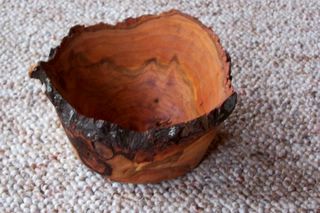




Winter came early this year, much earlier than previous years in northern Wisconsin, global warming and climate change only effecting the area in the last few years replacing the normal warm and dry Decembers of the previous years before the white Europeans began exploiting the land with machines burning fossil fuels disrupting the carbon cycle and increasing the amount of CO2 in the fragile atmosphere changing it from pure to polluted.

No comments:
Post a Comment